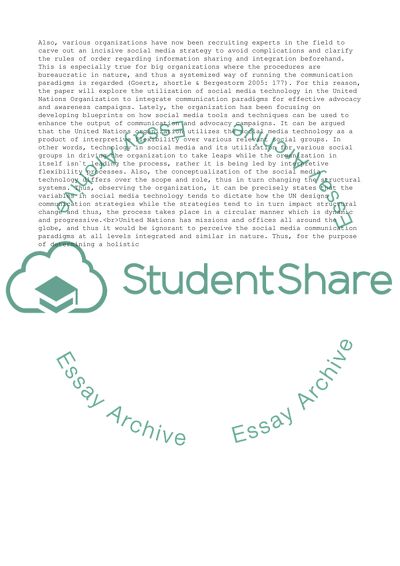Cite this document
(“For an organisation with which you are familiar and drawing on Essay - 1”, n.d.)
For an organisation with which you are familiar and drawing on Essay - 1. Retrieved from https://studentshare.org/management/1652694-for-an-organisation-with-which-you-are-familiar-and-drawing-on-scholarly-sources-critically-evaluate-the-value-of-social-networking-technologies-to-knowledge-sharing-integration-and-creation
For an organisation with which you are familiar and drawing on Essay - 1. Retrieved from https://studentshare.org/management/1652694-for-an-organisation-with-which-you-are-familiar-and-drawing-on-scholarly-sources-critically-evaluate-the-value-of-social-networking-technologies-to-knowledge-sharing-integration-and-creation
(For an Organisation With Which You Are Familiar and Drawing on Essay - 1)
For an Organisation With Which You Are Familiar and Drawing on Essay - 1. https://studentshare.org/management/1652694-for-an-organisation-with-which-you-are-familiar-and-drawing-on-scholarly-sources-critically-evaluate-the-value-of-social-networking-technologies-to-knowledge-sharing-integration-and-creation.
For an Organisation With Which You Are Familiar and Drawing on Essay - 1. https://studentshare.org/management/1652694-for-an-organisation-with-which-you-are-familiar-and-drawing-on-scholarly-sources-critically-evaluate-the-value-of-social-networking-technologies-to-knowledge-sharing-integration-and-creation.
“For an Organisation With Which You Are Familiar and Drawing on Essay - 1”, n.d. https://studentshare.org/management/1652694-for-an-organisation-with-which-you-are-familiar-and-drawing-on-scholarly-sources-critically-evaluate-the-value-of-social-networking-technologies-to-knowledge-sharing-integration-and-creation.


